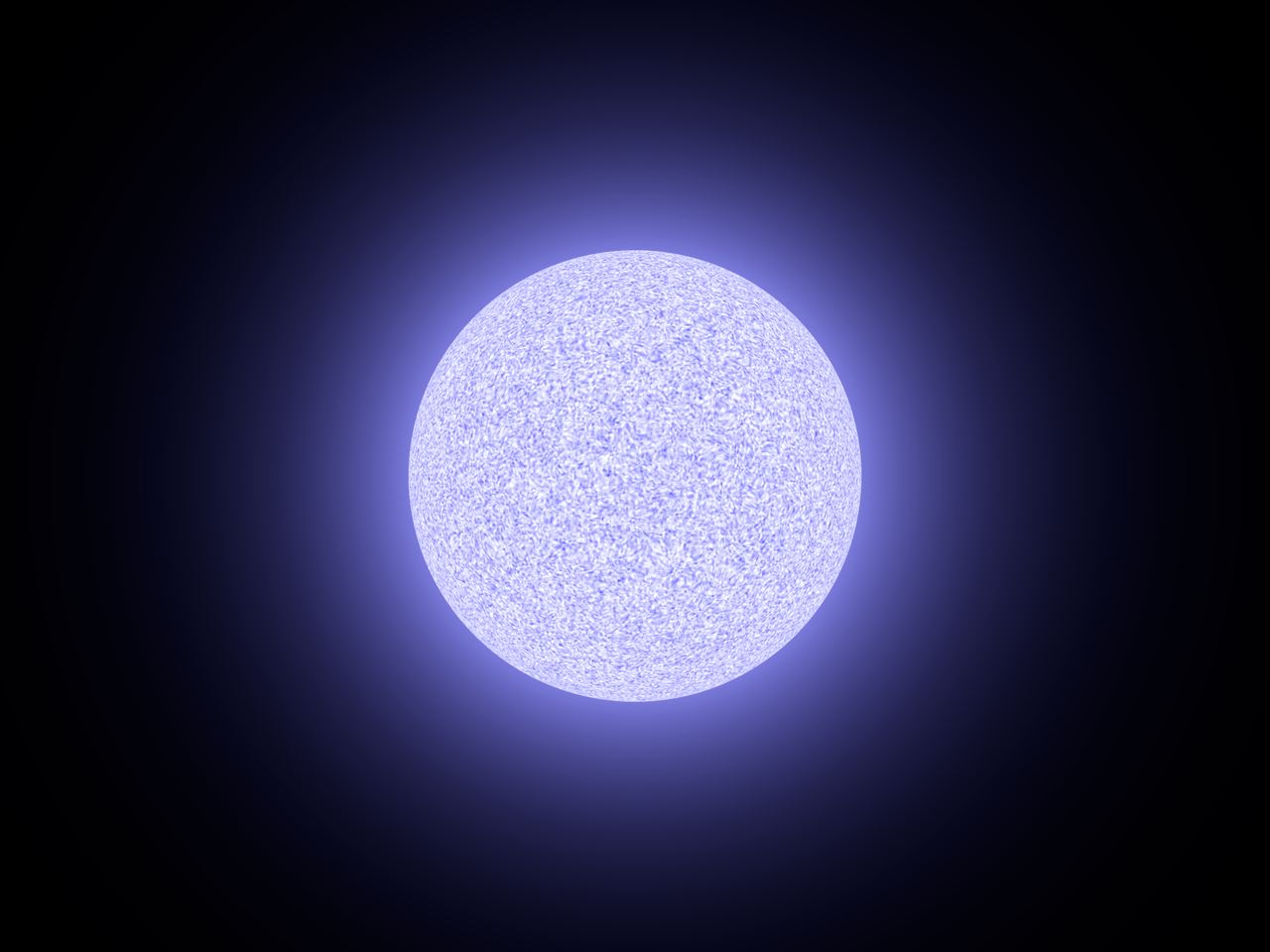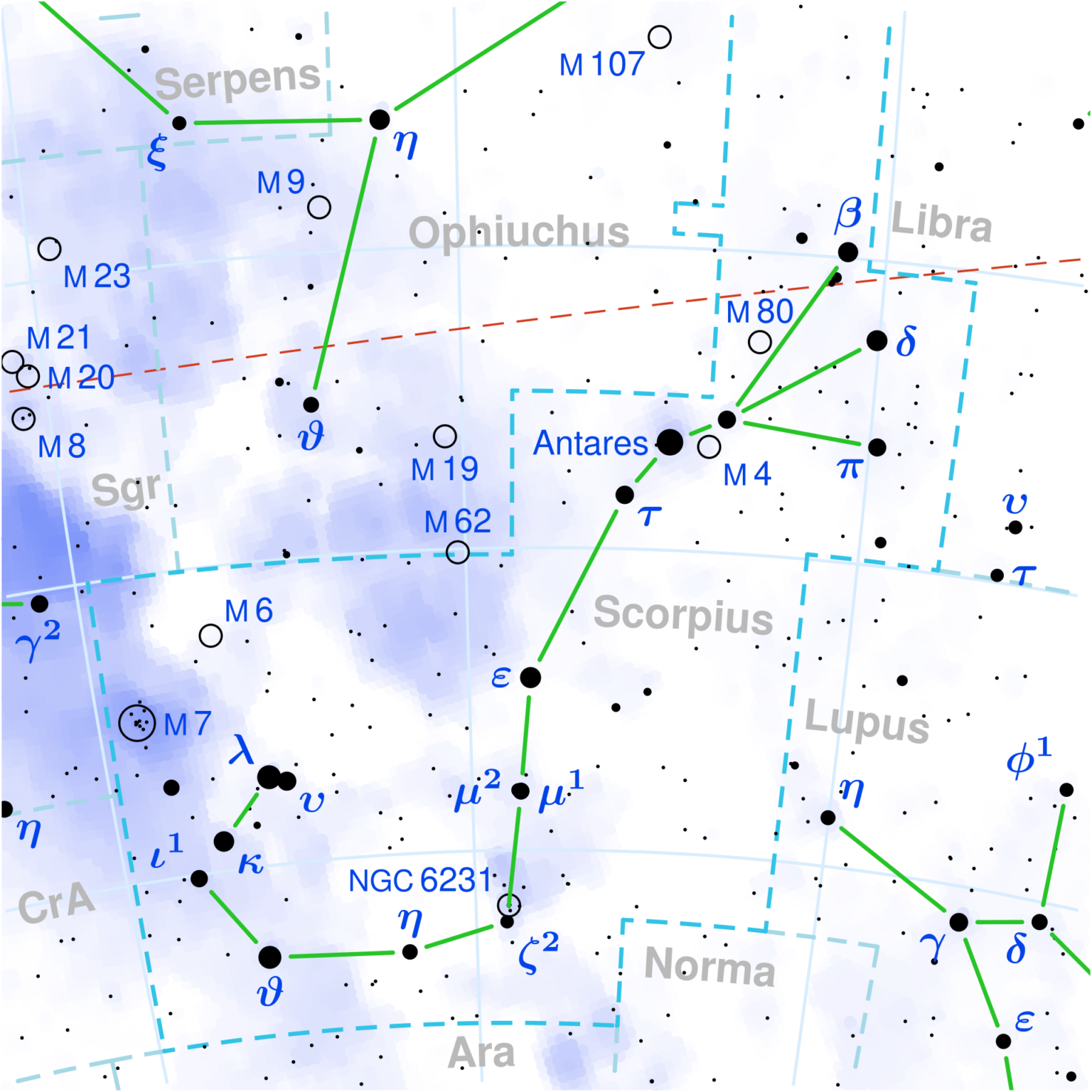Of the 5,000 exoplanets discovered to date, 90% orbit stars the same size or smaller than our Sun. But giant stars don’t seem to have planets of their own. This fact has serious implications for understanding the formation of the Solar system. But is the lack of planets around large stars a true reflection of the nature of the Universe? The recent discovery of two gas giants orbiting a subgiant called µ2 Scorpio suggests that there are exceptions to the rule.

µ2 Scorpio is a star that can be seen with the naked eye. It can be independently found in the sky — it is part of the tail of the constellation Scorpio, not far from the bright star known as Antares. µ2 Scorpio is a B-type star whose mass is 9 times the mass of the Sun. It is large enough, which means that it will someday explode into a spectacular supernova before collapsing into a dense neutron star.
Recently, astronomers studied the µ2 Scorpion as part of the B-Star Exoplanet Exoplanet STudy (BEAST) program and discovered not two gas giants in orbit around it. This is the first system of its kind known to science.
Challenge to Science
What are the consequences of this discovery? Modern theoretical models of planet formation cannot explain the formation of planets in such stars yet. The planet formation core accretion model, in which dust slowly collects into the planetary core over millions of years, in theory cannot exist around massive stars where protoplanetary disks disperse faster.

In another model, known as gravitational instability (GI), a protoplanetary disk is massive enough to become unstable under its weight, collapsing into giant planets. This can happen much faster than core accretion, and may explain the appearance of planets around massive stars. But the companion planets of µ2 Scorpio, as the researchers suggest, “cannot exist in accordance with current GI models”. These planets do not correspond to the models, so it may be necessary to revise the theoretical calculations.
Planetary systems such as µ2 Scorpio hint at a much wider variety of exoplanets and will make astrophysicists think about revising existing models about their formation. With each new exoplanet added to our databases, we are learning more and more about the complexity of planetary systems in our galaxy and improving our understanding of the mechanisms at function at the birth of planets.
According to Universetoday
Follow us on Twitter to get the most interesting space news in time
https://twitter.com/ust_magazine
